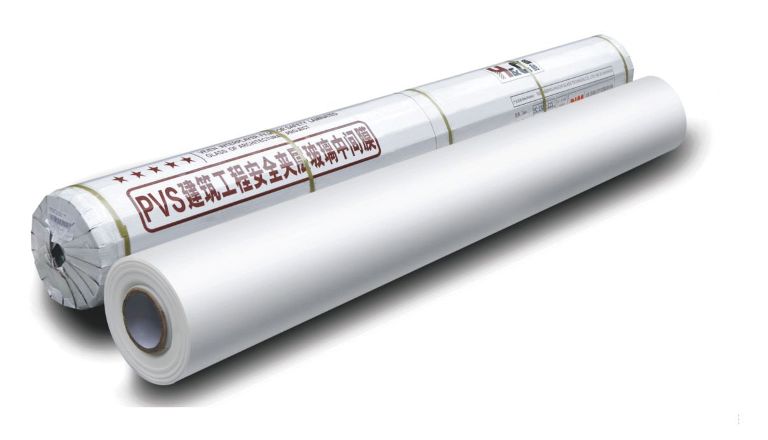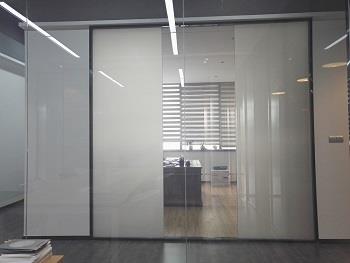EVA film
To help develop this article, click 'Edit this article' above.
EVA film is based on the use of ethylene vinyl acetate copolymer, and additives. It is commonly used in the construction industry to form EVA Laminated glass film.
EVA film has good adhesion to glass, with a tough, transparent, temperature, cold, bonding strength, high elongation at break, good moisture resistance and other beneficial characteristics. It can be used for the replacement of PVB (Polyvinyl butyral) materials used in the automotive and construction industry.
In the production of security laminated glass it can contribute to safety, insulation, sound insulation, anti-ultraviolet and other properties. It can be applied to a variety of glass with a glueing process, including; embossed glass, tempered glass, curved glass, building laminated glass, decorative laminated glass, anti-theft glass, plastic sandwich panels and so on.
The advantages of EVA laminated glass film include; high transparency, good adhesion, impact resistance, good durability, resistance to high temperature, moisture, ultraviolet, radiation and so on. It has good durability and low degradation over time, meaning it can be used for long periods outdoors.
Compared to PVB it has a better sound insulation, in particular at high-frequency. It has a low melting point, and is easy to flow.
EVA film can be laminated with PDLC film for smart switchable glass wich can turn from opaque to transparent by connecting the power supply
The HC-TD (80 degree processing EVA film) is a new kind of EVA film developed for PDLC(LCD) smart film, and polycarbonate panel lamination. this must be laminated at 80 degrees, and has high transparency and good adhesion strength to different materials.
[edit] Related articles on Designing Buildings Wiki
Featured articles and news
Latest Build UK Building Safety Regime explainer published
Key elements in one short, now updated document.
UKGBC launch the UK Climate Resilience Roadmap
First guidance of its kind on direct climate impacts for the built environment and how it can adapt.
CLC Health, Safety and Wellbeing Strategy 2025
Launched by the Minister for Industry to look at fatalities on site, improving mental health and other issues.
One of the most impressive Victorian architects. Book review.
Common Assessment Standard now with building safety
New CAS update now includes mandatory building safety questions.
RTPI leader to become new CIOB Chief Executive Officer
Dr Victoria Hills MRTPI, FICE to take over after Caroline Gumble’s departure.
Social and affordable housing, a long term plan for delivery
The “Delivering a Decade of Renewal for Social and Affordable Housing” strategy sets out future path.
A change to adoptive architecture
Effects of global weather warming on architectural detailing, material choice and human interaction.
The proposed publicly owned and backed subsidiary of Homes England, to facilitate new homes.
How big is the problem and what can we do to mitigate the effects?
Overheating guidance and tools for building designers
A number of cool guides to help with the heat.
The UK's Modern Industrial Strategy: A 10 year plan
Previous consultation criticism, current key elements and general support with some persisting reservations.
Building Safety Regulator reforms
New roles, new staff and a new fast track service pave the way for a single construction regulator.
Architectural Technologist CPDs and Communications
CIAT CPD… and how you can do it!
Cooling centres and cool spaces
Managing extreme heat in cities by directing the public to places for heat stress relief and water sources.
Winter gardens: A brief history and warm variations
Extending the season with glass in different forms and terms.
Restoring Great Yarmouth's Winter Gardens
Transforming one of the least sustainable constructions imaginable.
























